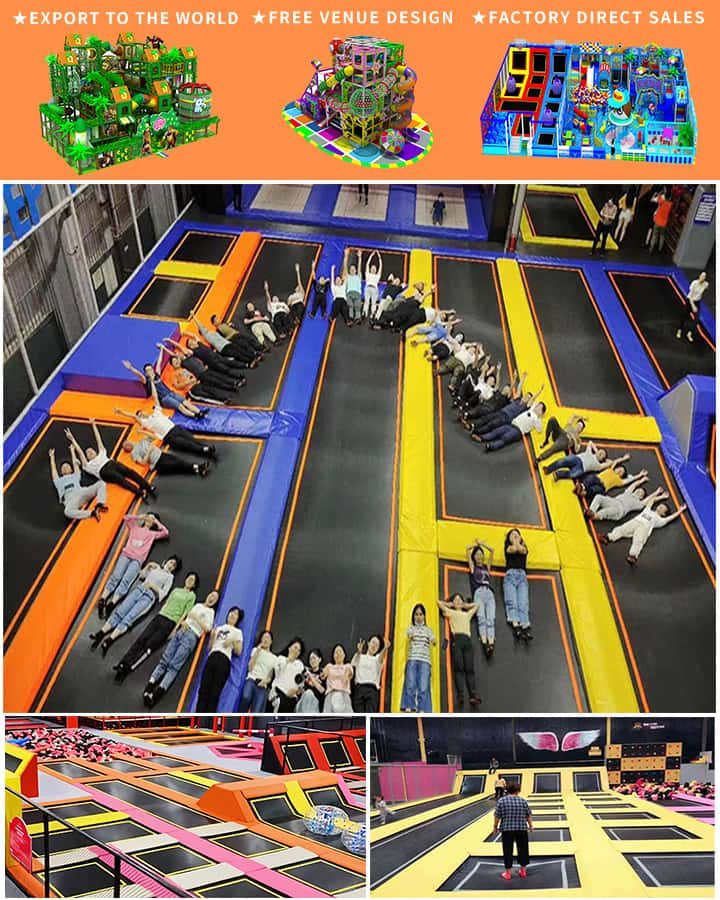Creating an indoor playground offers a fantastic opportunity to provide a safe, engaging, and fun environment for children to play and learn. Whether you’re setting up a space at home or planning a larger commercial facility, careful planning and creativity are key to ensuring the playground is both enjoyable and safe. This guide will walk you through the essential steps to create an indoor playground that kids will love.
1. Planning and Design
Before diving into construction, thorough planning and design are crucial. Start by considering the available space and the age group of the children who will be using the playground. Sketch out different layouts and think about the types of activities you want to include. Here are some key elements to consider:
Define the Space
- Measure the Area: Ensure you have accurate measurements of the space available.
- Identify Zones: Decide on different zones such as climbing areas, slides, ball pits, or quieter corners for reading and relaxation.
Safety First
- Soft Flooring: Use foam mats or rubber flooring to cushion falls.
- Guardrails and Netting: Install safety barriers around high platforms and ensure all equipment is securely anchored.
- Non-Toxic Materials: Choose materials that are safe, non-toxic, and easy to clean.
2. Selecting Equipment
Choosing the right equipment is vital for an engaging and safe playground. Here are some popular options:
Climbing Structures
- Climbing Walls: Great for building strength and coordination.
- Play Tunnels: Fun for crawling through and exploring.
Slides
- Straight Slides: Classic choice suitable for various age groups.

- Curved Slides: Add excitement with a twist.
Interactive Elements
- Ball Pits: Ideal for active play and sensory exploration.
- Trampolines: Provides a fun way to expend energy but requires careful safety considerations.
Educational Toys
- Building Blocks and Puzzles: Encourage creativity and problem-solving skills.
- Role-Playing Stations: Kitchens, shops, or doctor’s offices can spark imaginative play.
3. Installation
Once you’ve finalized your design and selected the equipment, it’s time to install everything. Here are some tips to ensure a smooth installation process:
Follow Manufacturer Guidelines
- Each piece of equipment comes with specific installation instructions. Make sure to read and follow these carefully.
Professional Help
- For more complex structures, hiring professionals may be necessary to ensure everything is installed correctly and safely.
Test Everything
- After installation, thoroughly test each piece of equipment to make sure it is stable and secure.
4. Maintenance and Safety
An indoor playground requires regular maintenance to keep it in good condition and ensure ongoing safety:
Routine Checks
- Regularly inspect all equipment for wear and tear.
- Tighten any loose bolts and screws.
Cleaning
- Clean soft flooring and mats regularly to prevent dirt buildup.
- Wipe down surfaces to remove germs and allergens.
Update and Upgrade
- As children grow, their needs and preferences change. Be prepared to update or add new equipment to keep the playground exciting and appropriate for their development stages.
5. Enhancing the Experience
Beyond the basics, there are additional touches you can add to make the indoor playground truly special:
Themed Designs
- Create themed areas like castles, jungles, or underwater worlds to inspire imagination.
Lighting
- Use colorful, adjustable lighting to create different atmospheres and highlight play areas.
Music and Sound Effects
- Incorporate background music or sound effects to enhance the experience.
By following these steps, you can create an indoor playground that is not only fun and engaging but also safe and well-designed. Whether it’s for your own children or for a larger community of young ones, a well-planned indoor playground will provide endless hours of joy and development opportunities.




